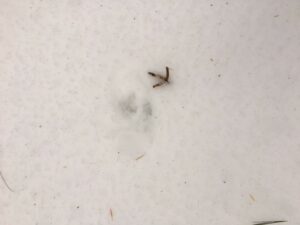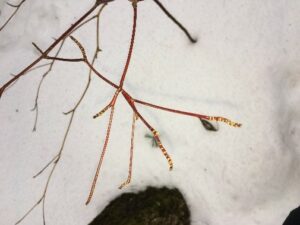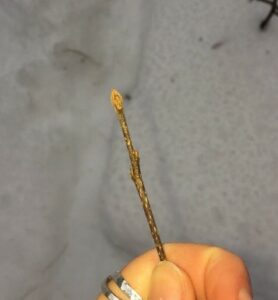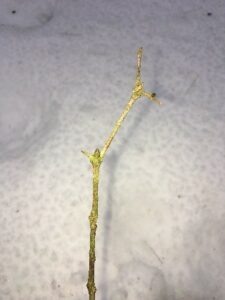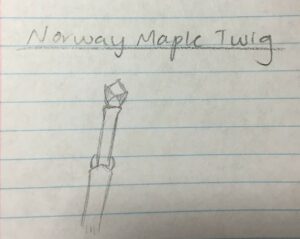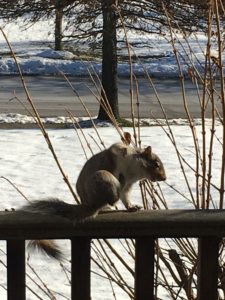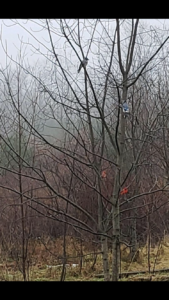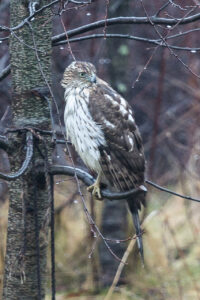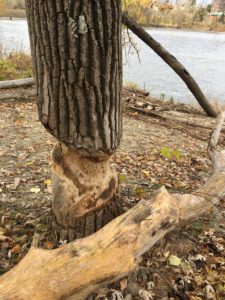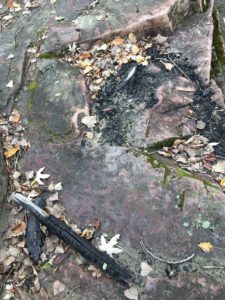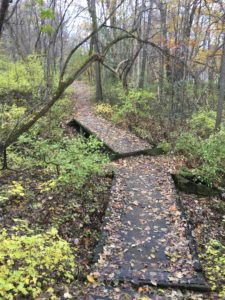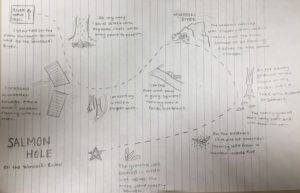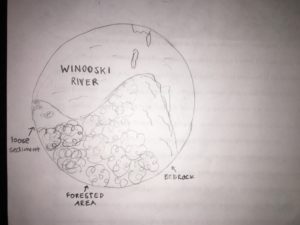This visit to my phenology spot in Centennial Woods is somewhat bittersweet. New Spring changes are beginning to become more noticeable as more and more color is returning to the forest, but this is also likely the last time I’ll be spending time in Centennial woods this year.
As I walk to my spot, I see wood ferns and many leafy plants covering the forest floor. The twigs on the trees are budding and the precursors to leaves are starting to become visible. I see some of the same buds I have noticed on previous visits, boxelder, sugar maple, and norway maple, but this time I also saw some buckthorn near the stream part of my site. Buckthorn is an invasive species in Vermont and can be harmful to the ecology of an ecosystem. Birds eating the berries of buckthorn help to spread the seeds, but they can’t be digested well by birds and the spreading and cause the buckthorn to out-compete native plant species. Also, I have seen some bright yellow dandelions start to blossom in the area.
I also saw some wildlife out and about on this visit. Initially, I saw a grey squirrel run up a tree, then later I also some some birds. Most notably I saw a male cardinal, distinguished by its bright red coloring. I also saw a black-capped chickadee, distinguished by its small grey-ish body, and the black top of its head.
Nature and culture are notably intertwined in Centennial woods. I don’t think there has been a visit on which I didn’t bump into other people exploring the woods. I think this is a very important factor of this natural area. People and the natural world are not separate, they function and interact together. Centennial woods is a great example of this, one of the thing that defines it is the trail winding through it and the close proximity to human development. The ecosystem of this forest continues despite this proximity, and with the maintenance and study from the University.
I think it’s hard for me to consider myself a part of place because Centennial Woods can and will function entirely independent of myself.

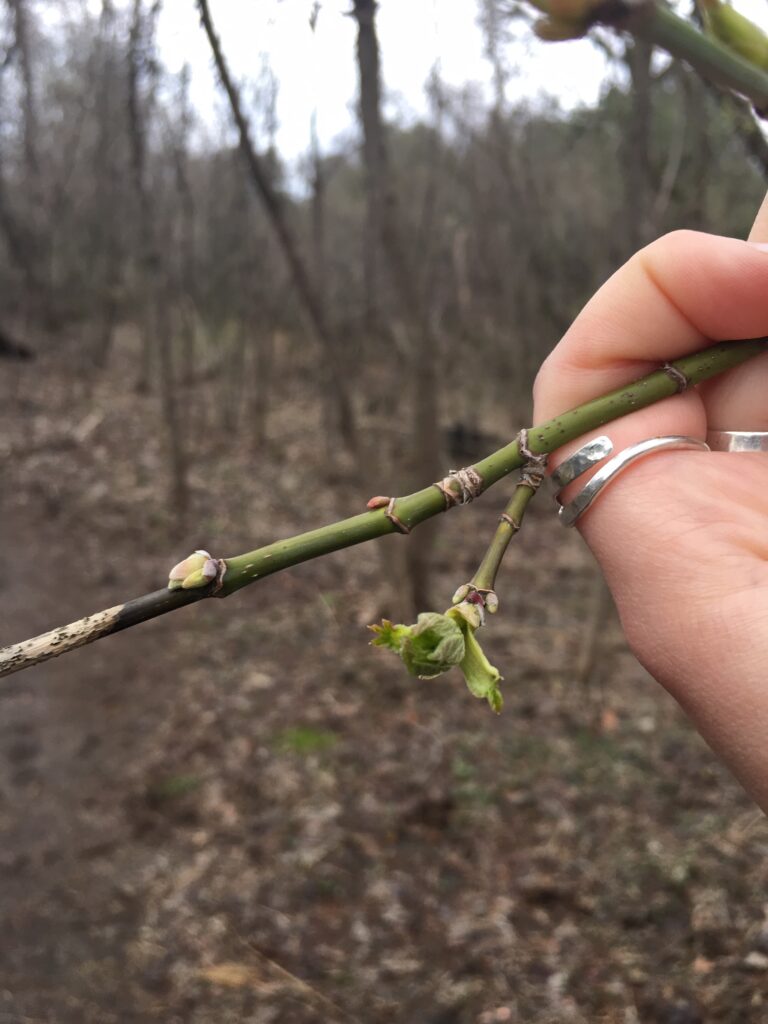

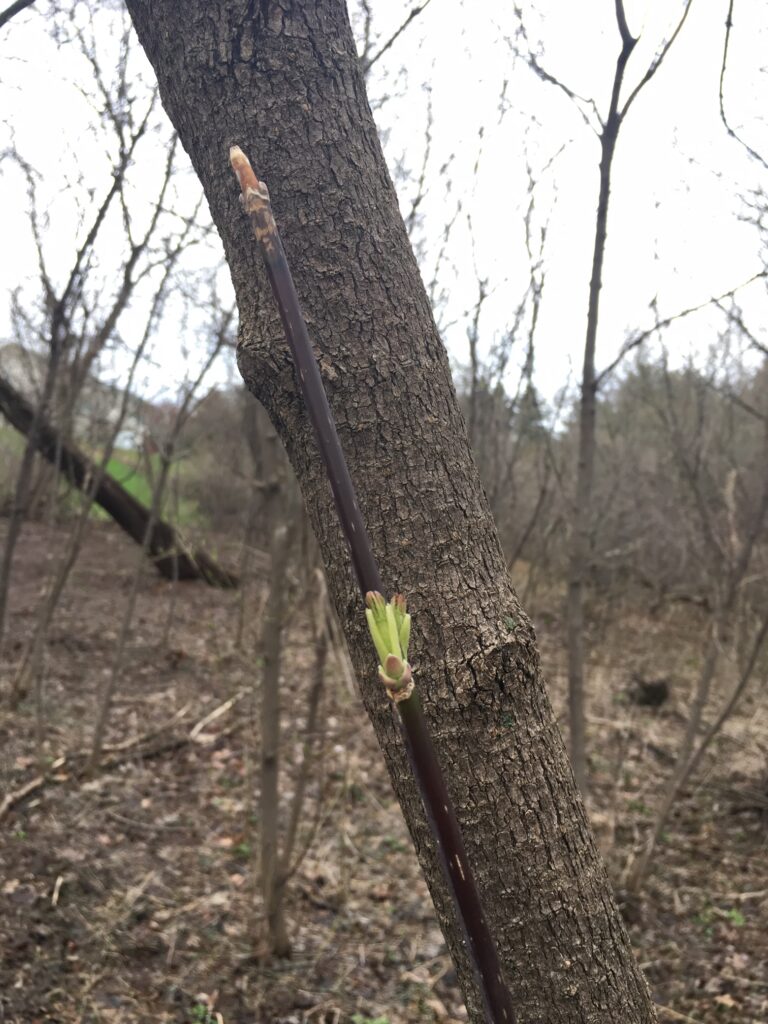


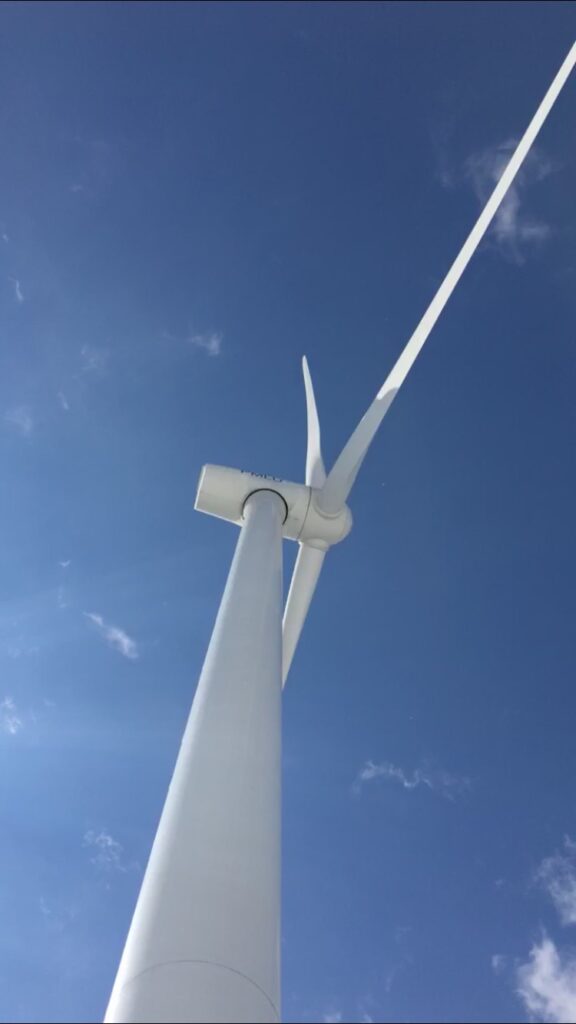
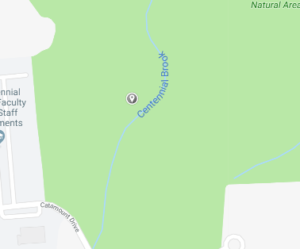
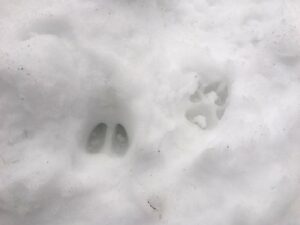
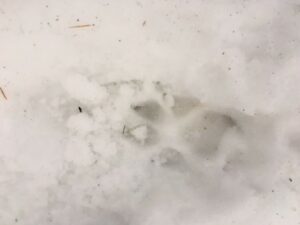
 These tracks were seen passing directly next to my location, but due to the warming weather, the snow the tracks were in had melted some leaving the tracks deformed. Because of this none of the imprints were clear enough to get a clear image of what animal may have left them. All I can tell is that it was a smaller animal.
These tracks were seen passing directly next to my location, but due to the warming weather, the snow the tracks were in had melted some leaving the tracks deformed. Because of this none of the imprints were clear enough to get a clear image of what animal may have left them. All I can tell is that it was a smaller animal.